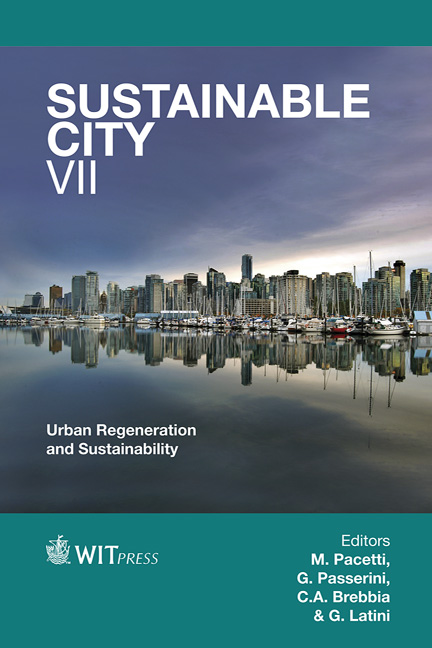Models For Humanitarian Logistics
Price
Free (open access)
Transaction
Volume
155
Pages
11
Page Range
1079 - 1089
Published
2012
Size
353 kb
Paper DOI
10.2495/SC120902
Copyright
WIT Press
Author(s)
F. Russo & M. R. Trecozzi
Abstract
Emergency logistics is a process to organize and distribute resources during emergency conditions in the area affected by a disastrous event. By means of emergency logistics is possible to reduce disaster impacts that are natural or anthropic, after an event has occurred. During emergency conditions planning is needed to continue evacuation activities after the time when the final effects occur and people cannot be rescued. For evacuation activities resources must be identified to allocate in the area affected of the disastrous event according to elementary work classes. In this paper we focus on resources, in particular we consider the relief vehicles and their distribution channels. We propose two distribution channel models: the first one is transhipment, when the relief vehicles go to the emergency area with one contact point; the second model is point to point, when the relief vehicles go to the emergency area without any contact point. Keywords: emergency condition, relief vehicles, distribution channels. 1 Introduction Risk (R) can be evaluated in probabilistic terms by basic components: occurrence (P) of an event in terms of probability or frequency of a specific event actually happening; vulnerability (V), related to the resistance of the infrastructures when the event occurs; exposure (N), that is an equivalent homogeneous weighted value of people, goods and infrastructures affected during and after the event [1–3]. The general equation of risk can be written in the form: R = P V N
Keywords
emergency condition, relief vehicles, distribution channels.





